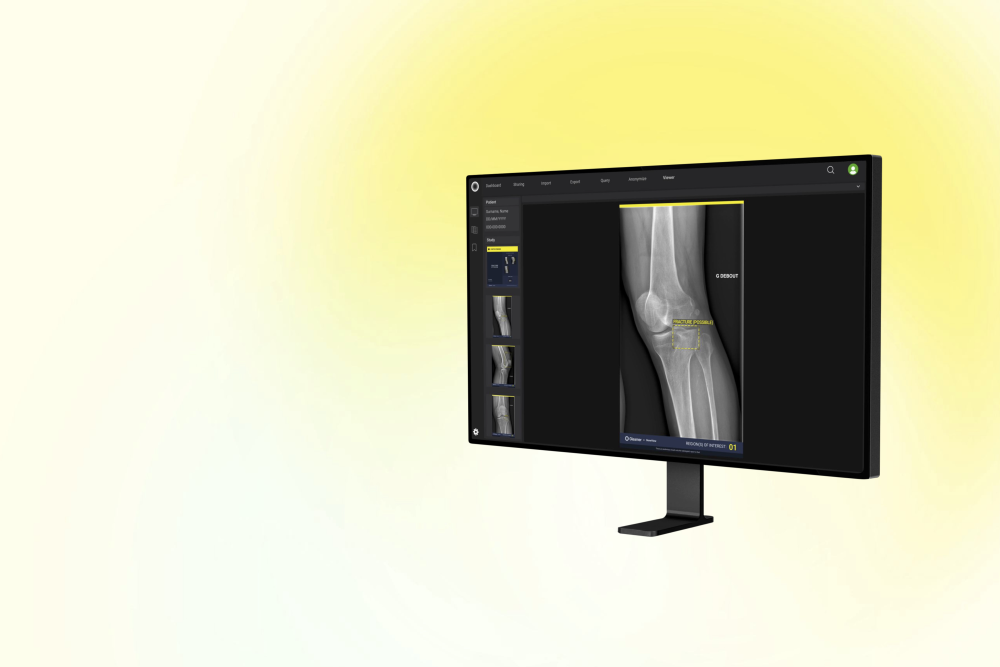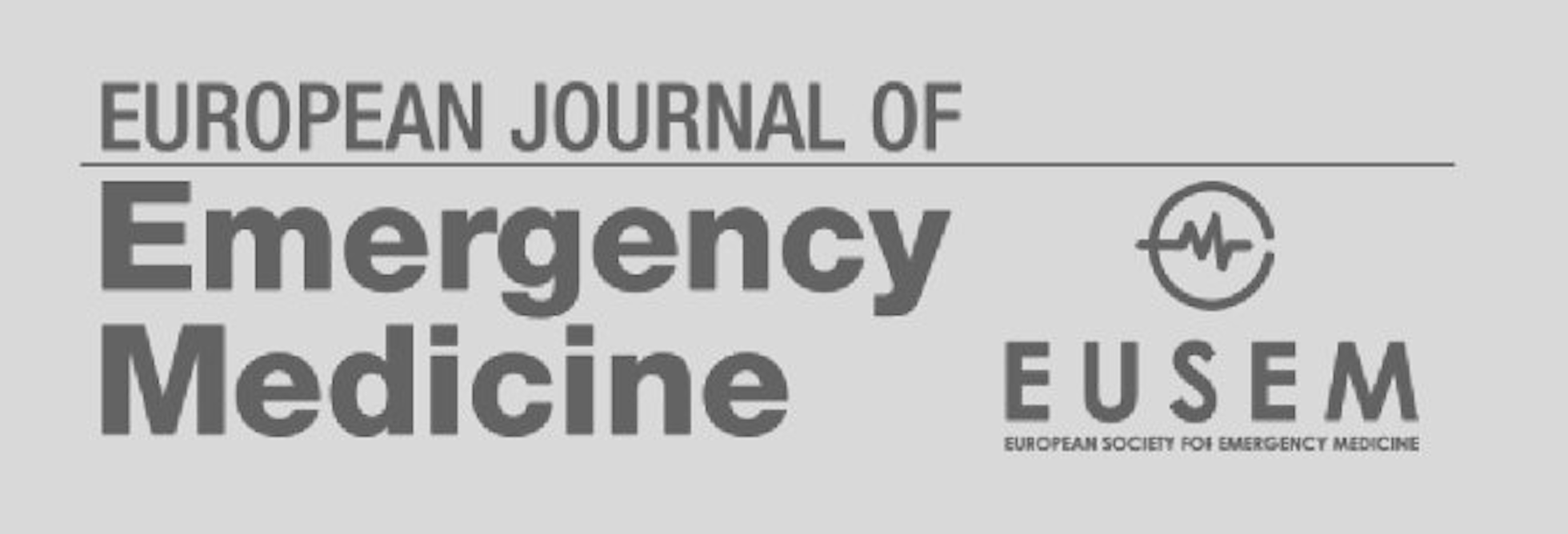Assessment of performances of a deep learning algorithm for the detection of limbs and pelvic fractures, dislocations, focal bone lesions, and elbow effusions on trauma X-rays
Purpose
To appraise the performances of an AI trained to detect and localize skeletal lesions and compare them to the routine radiological interpretation.
Methods
We retrospectively collected all radiographic examinations with the associated radiologists’ reports performed after a traumatic injury of the limbs and pelvis during 3 consecutive months (January to March 2017) in a private imaging group of 14 centers. Each examination was analyzed by an AI (BoneView, Gleamer) and its results were compared to those of the radiologists’ reports. In case of discrepancy, the examination was reviewed by a senior skeletal radiologist to settle on the presence of fractures, dislocations, elbow effusions, and focal bone lesions (FBL).
The lesion-wise sensitivity of the AI and the radiologists’ reports was compared for each lesion type.
This study received IRB approval (CRM-2106-177)
Results
A total of 4774 exams were included in the study. Lesion-wise sensitivity was 73.7% for the radiologists’ reports vs. 98.1% for the AI (+24.4 points) for fracture detection, 63.3% vs. 89.9% (+26.6 points) for dislocation detection, 84.7% vs. 91.5% (+6.8 points) for elbow effusion detection, and 16.1% vs. 98.1% (+82 points) for FBL detection. The specificity of the radiologists’ reports was always 100% whereas AI specificity was 88%, 99.1%, 99.8%, 95.6% for fractures, dislocations, elbow effusions, and FBL respectively. The NPV was measured at 99.5% for fractures, 99.8% for dislocations, and 99.9% for elbow effusions and FBL.
Conclusion
AI has the potential to prevent diagnosis errors by detecting lesions that were initially missed in the radiologists’ reports.



